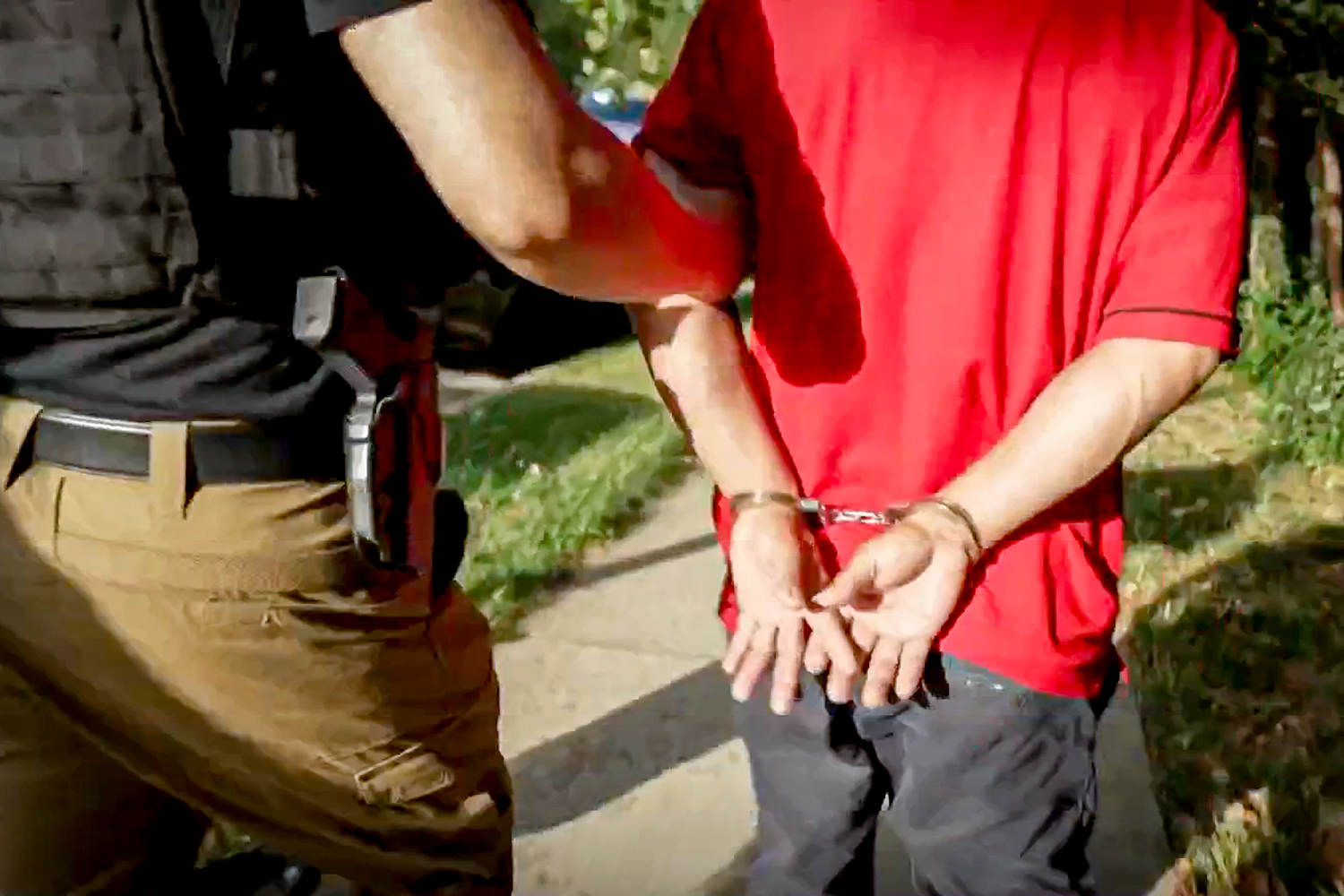
Jurisdictions across the country are rethinking their sanctuary city policies and increasing their cooperation with Immigration and Customs Enforcement agents in the interest of public safety, the head of ICE told NBC News.
In an interview, acting ICE Director P.J. Lechleitner said some counties and cities that previously refused to tell ICE when they were releasing undocumented immigrants from jail are now discussing ways they might be able to coordinate with ICE further, like giving it advance notice before migrants convicted of violent crimes are released.
Previously, those jurisdictions had been among the many cities with Democratic or progressive leadership that had been refusing to work with ICE out of concern it might inhibit the investigation of crimes. They believed migrants would be afraid to report crimes if contacting the authorities exposed them to the risk of deportation.
Lechleitner said ICE has been pushing for more cooperation from big, blue cities for a long time: “For many, many years, certain states and jurisdictions just have been really reticent about dealing with us because of the civil immigration piece of it.”
Recently, he said, some local jurisdictions with sanctuary policies are changing their tune.
Lechleitner said some cities have had incidents where they have regretted releasing migrants they have detained. “You’ve seen some examples of this, where some individuals, unfortunately, were encountered by local law enforcement and because of the policies put in place, either at the state or local level, they weren’t allowed to notify immigration authorities … and all of a sudden you have people being released and reoffending.”
“We don’t want that. We want to make sure that public safety threats are appropriately mitigated,” he said.
Although ICE can arrest immigrants after they’re released, they can sometimes be hard to track down and arresting them in communities can put the public at risk, Lechleitner said.
“At-large arrests put the citizenry at risk because we have to do an arrest in neighborhoods. We shouldn’t have to do that,” he said. “Let’s do it in a controlled setting, so everyone’s safe. My folks are safe, the local community’s safe and the noncitizens are safe as well.”
There is no evidence of the migrant crime wave referred to by Donald Trump and other Republicans during the presidential campaign and at the Republican National Convention. In fact, crime in most U.S. cities has fallen while the number of illegal border crossings soared to record levels during the Biden administration. But recent high-profile incidents, such as the death of Laken Riley in Georgia and the rise of the Venezuelan gang Tren de Aragua, have led to more pressure on police to prevent crime committed by migrants, local officials in Maryland told NBC News.
In reliably blue Baltimore and Montgomery County, Maryland, as well as other progressive jurisdictions around the U.S. — many of which want ICE to keep their cooperation confidential — public safety officials are increasingly concerned about migrants with serious criminal records who could reoffend.
The top public safety and law enforcement official in Montgomery County, Earl Stoddard, said his county of 1 million people in the Washington, D.C., suburbs was never officially a sanctuary jurisdiction, but is finding ways to cooperate more with ICE while balancing the need to keep the trust of the county’s substantial immigrant population. He said Montgomery County now gives ICE 48 hours’ notice before releasing migrants from custody — a change that came about after public pressure.
“We don’t want a situation where we release someone, and they go on to commit even more serious or heinous crime. That’s the thing that we’re always concerned about,” said Stoddard, who directs the county’s Office of Emergency Management and Homeland Security.
Nearby Baltimore County has had similar conversations with ICE.
“Baltimore County and [ICE] officials agreed to adjustments to current policies to support this shared work, including making every effort to notify ICE officials 48 hours or more prior to an individual’s release whenever possible,” said a county spokesperson. “Baltimore County remains committed to prioritizing public safety while also respecting the constitutional rights of individuals.”







